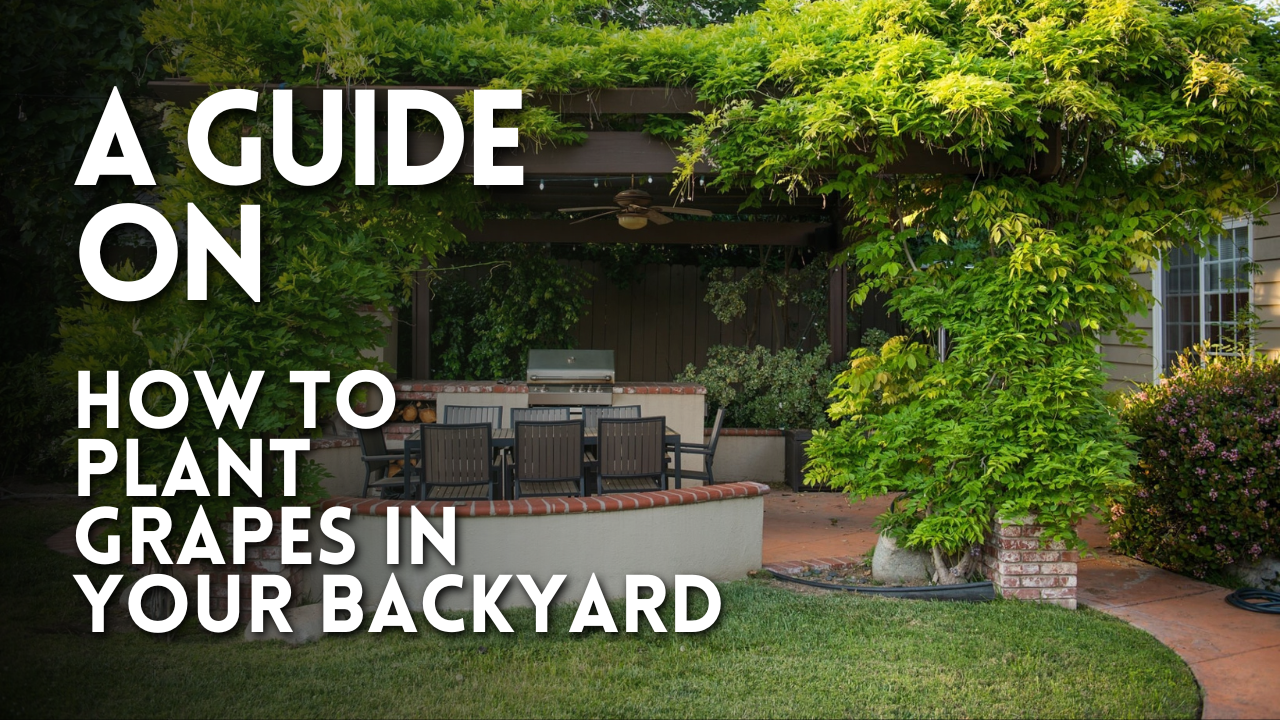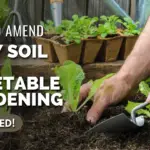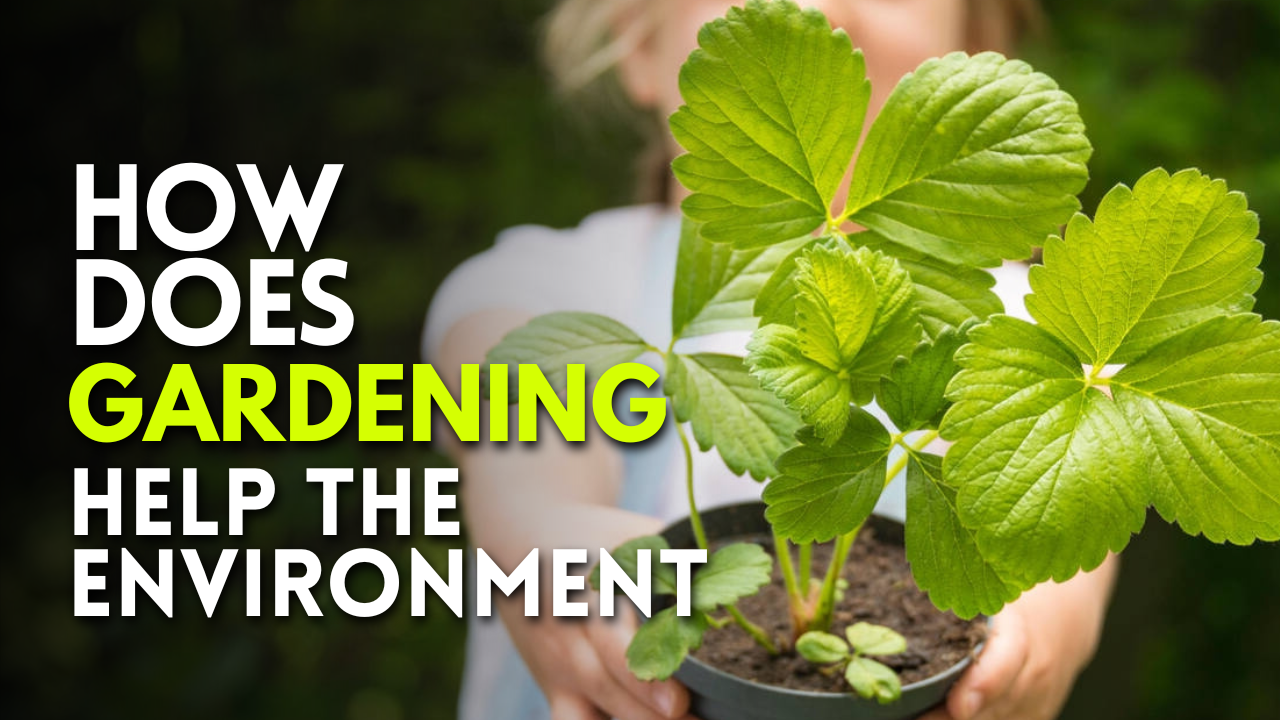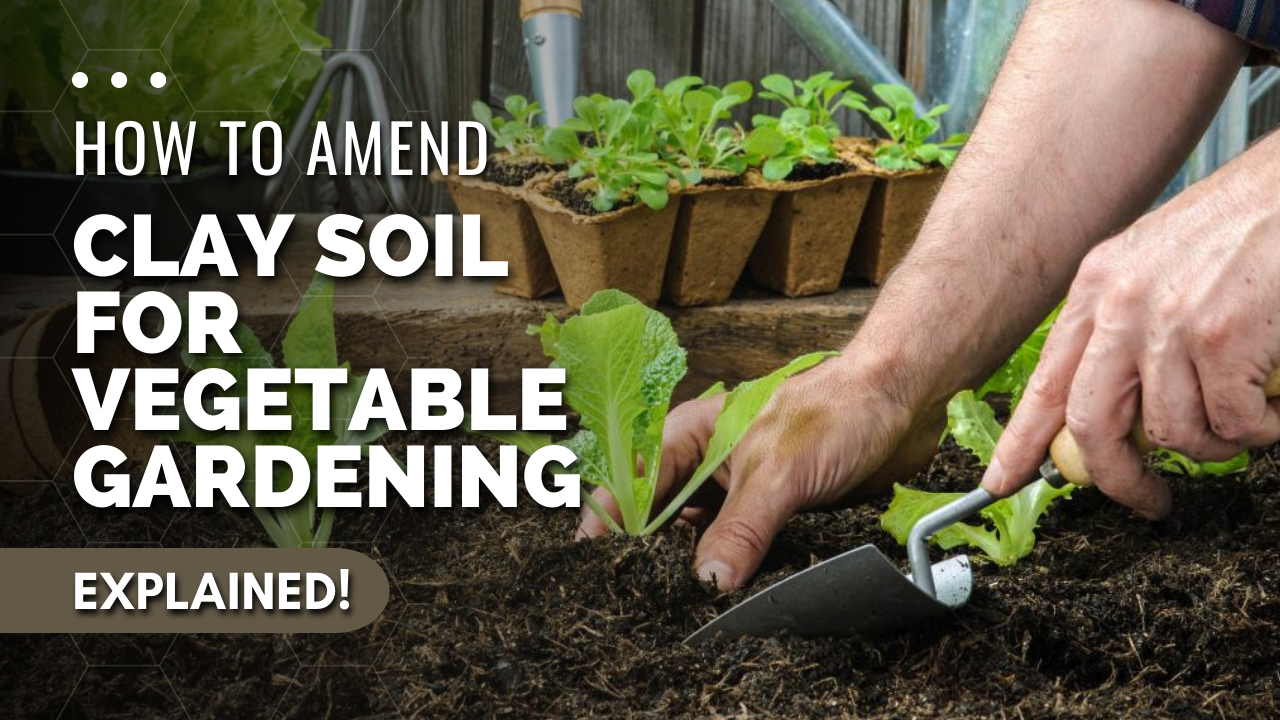Grapes are a fairly easy plant to grow and maintain. Best suited to cultivate in the spring, grapes are the perfect fruit to grow in your backyard.
You can easily grow your grapes if you have some space for growing them and don’t find annual pruning a hassle.
This article will cover all the basics of growing grapes. Everything from what variety to choose and where to grow to the watering schedule and harvesting will be discussed in depth.
What Variety of Grapes to Grow
The variety you choose influences your final yield.
Certain grape varieties grow better in specific climates. Consider the weather conditions of your area before picking a variety to grow.
Another aspect that matters while picking your grapes is their purpose. Some grapes are better suited for making jams and wines, while others can be enjoyed as they are on a hot summer day.
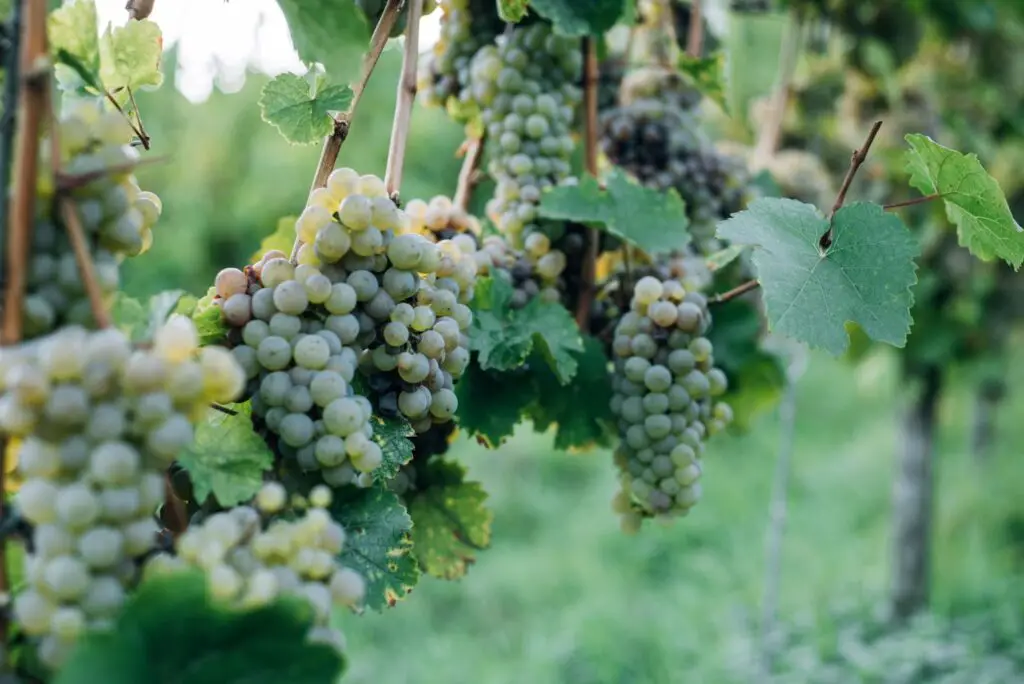
On a broader basis, grapes are of three basic varieties: American, Muscadine, and European.
Concord and Mars are of the American variety and are good for making jellies and jams. European varieties are widely used to select wines and as table grapes.
American grapes are more resistant to the cold, while European varieties grow better at warmer temperatures. Muscadines are also used to make wines grow best in humid conditions.
Allocate a Space for Growing Your Grapes
A large open space that receives a lot of sunlight is the type of area you’re looking for. Each grape vine grown vertically requires at least 50 to 100 square feet.
There also needs to be an 8-foot distance between each row. This is essential to maintain—if the plants are grown too close to each other, there is a chance of mildew and other infections developing.
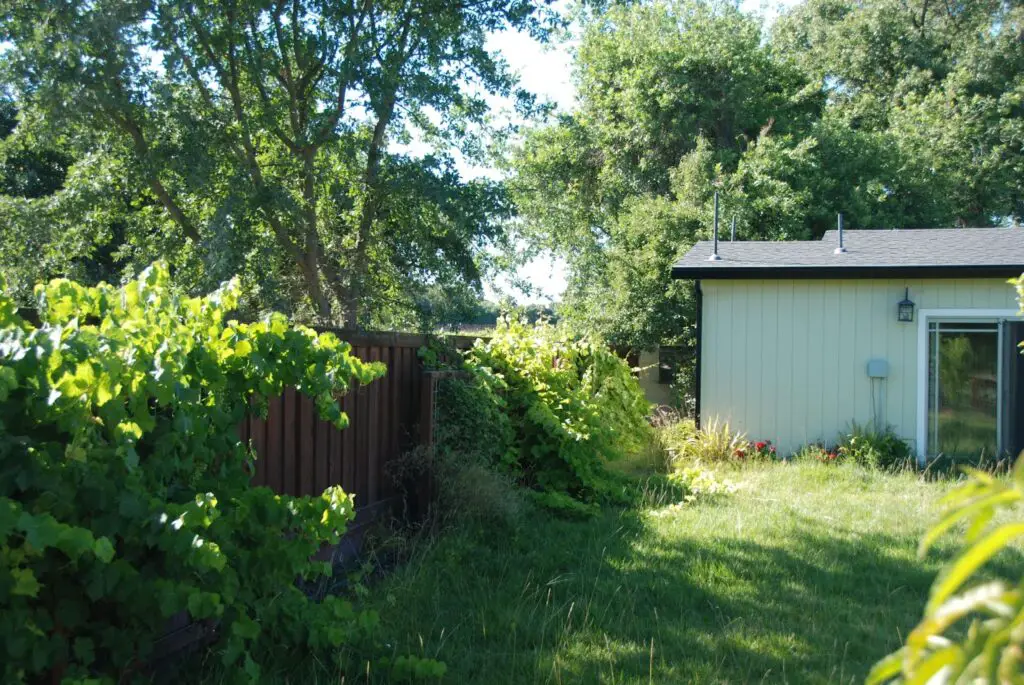
Grapes require lots of sunlight to thrive, so choose a space that receives a generous amount of it. The sunlight in the morning and afternoon helps with plant growth and fruit ripening.
Grapes grow best in rich, organic, well-drained soil with abundant nutrients. The soil should also be treated with compost and organic matter.
Bare-root dormant vines need to be planted during early spring, as soon as the soil replenishes from the winter.
Bare roots that have already bloomed should be planted slightly after winter.
Planting Process
The soil must be prepared early and regularly between harvests to ensure a healthy yield.
Grapes are perennial crops, so the planting process needs to be accurate to ensure longevity.
Dig a 10 to 12-inch diameter hole that is around 12 inches deep. The first few inches must be filled with loose soil mixed in with compost and organic matter.
Next, place your plant inside the hole and fill it with a few more inches of soil. The roots need to be completely covered.
Your plants’ soil level must be at least 3 inches beneath the new soil line. This is done to ensure that the crowns are protected.
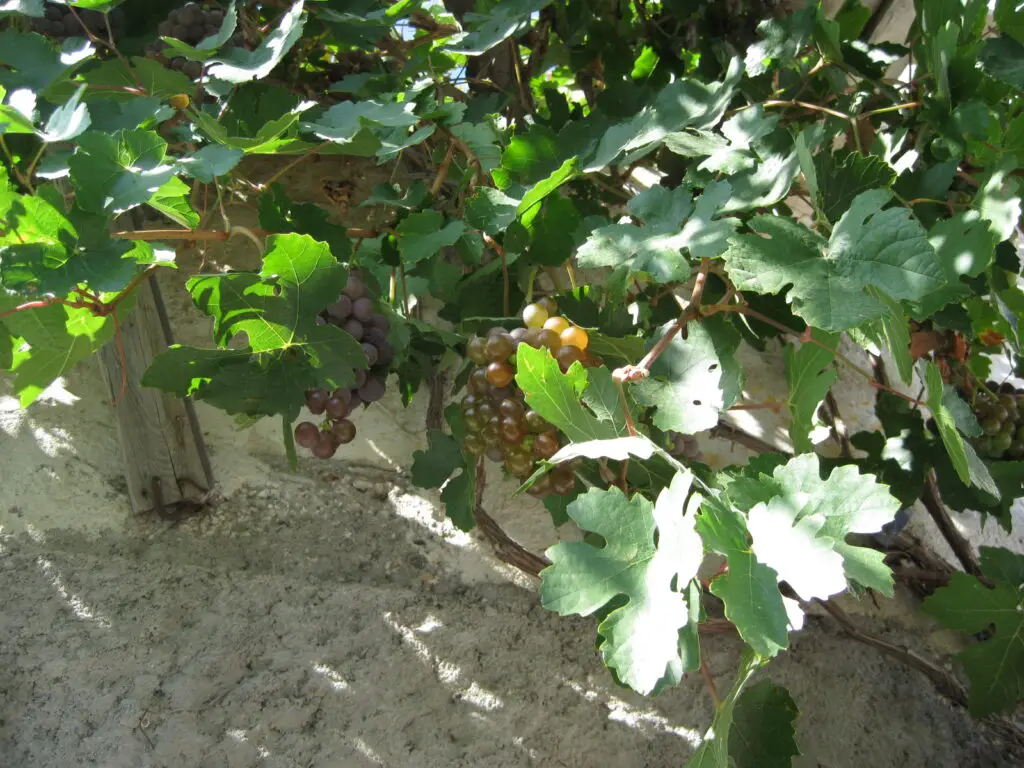
Unlike wine grapes, table grapes don’t need a support system such as a trellis. But it is still recommended to have them installed.
Watering
When planting your grapes, you will need to water them lightly after adding the first few inches of soil. After adding the remaining soil layers, you need to tamp it.
The final soil mass should not be compacted.
There needs to be sufficient space to facilitate air circulation and penetration of water. Keep watering weekly with 1 inch of water for the first two years.
Maintenance and Pruning
Maintenance and pruning are essential to ensure that old growth isn’t left behind and hinders the new growth.
Once a plant has been pruned, only the main trunk and one-year-old growth should be left behind. Pruning in this way enhances the growth of the plant.
Keep a minimum of 2 and a maximum of 8 buds per cane.
The older wood needs to be removed as soon as possible while the newer vines are shortened. This process is usually conducted in late winter or early spring.
For wilder types, pruning can be done during the summer to tidy up the cultivation area.
Add nets to the rows of vines to prevent birds from feeding on the plants. Spray pesticides now and then to restrict the growth of mildew—a common disease among grapes.
Harvesting
You will need to pluck any buds and young fruits before they fully develop for the first year or so after planting.
This is to ensure that the stem and roots of the plant grow strong and are not burdened with extra weight while still tender.
After the first year, you can harvest all your fruit. Repeat the pruning process every early spring.
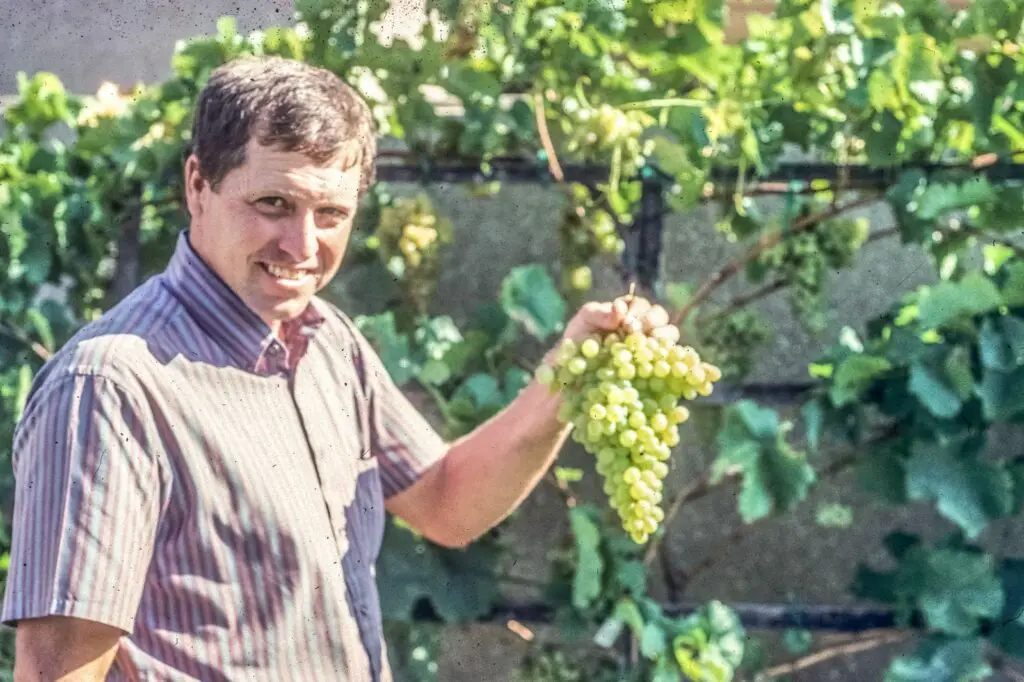
Do not hesitate to cut off large portions of the plant, as this will assist with its growth. In fact, the more you prune (without completely removing the plant), the better it is for the plant.
You should also add organic matter after harvesting and during pruning to replenish the soil—add 8 to 10 ounces of fertilizer to the vines.
Grapes don’t require much tending apart from this. The organic matter is sufficient to provide the grapes with all the nutrients they need for growing and producing fruits.
Final Thoughts
Grapes are the perfect perennial garden fruit to grow. They are easy to plant and simple to maintain.
The only areas that require consistent effort are the planting portion and pruning during the first year of growth.
With time, you will get better at taking care of your grapes.
Once you obtain your first few harvests, you can explore and try to grow other varieties of grapes, fruits, and vegetables. Keep the tips and tricks we’ve given in mind to make your growing process as smooth as possible.

